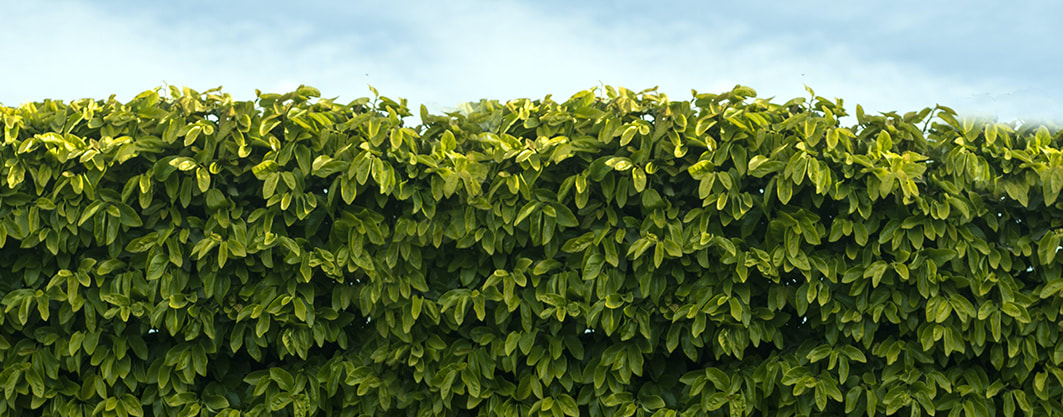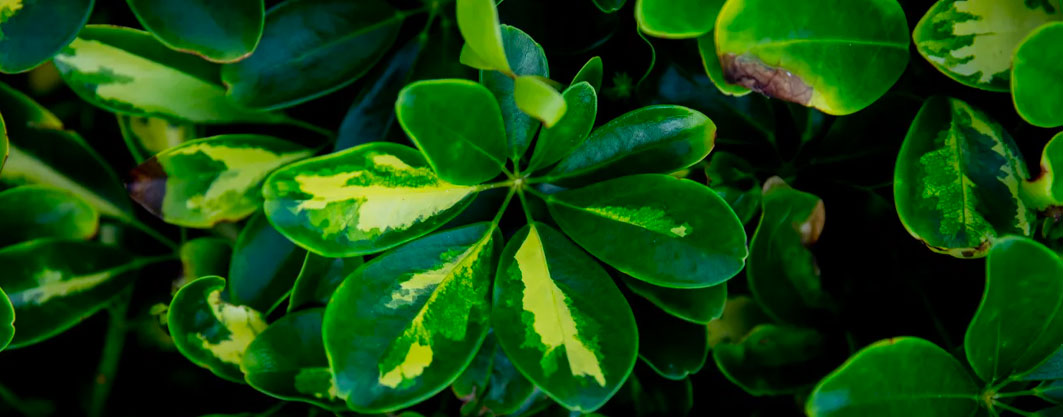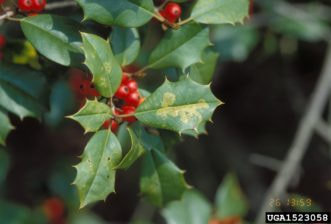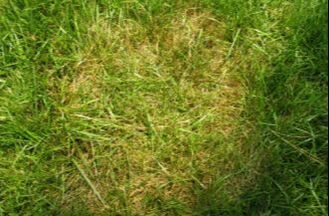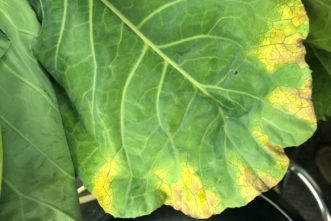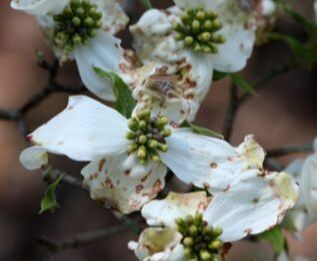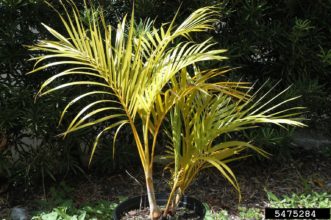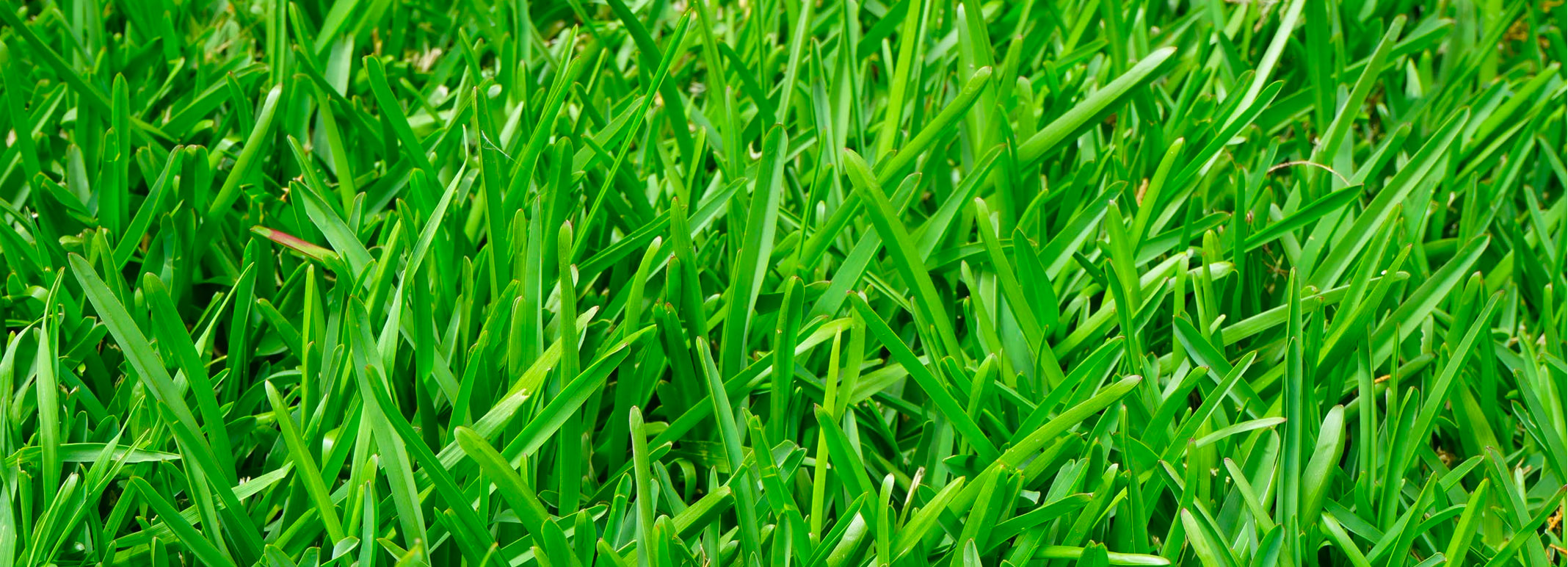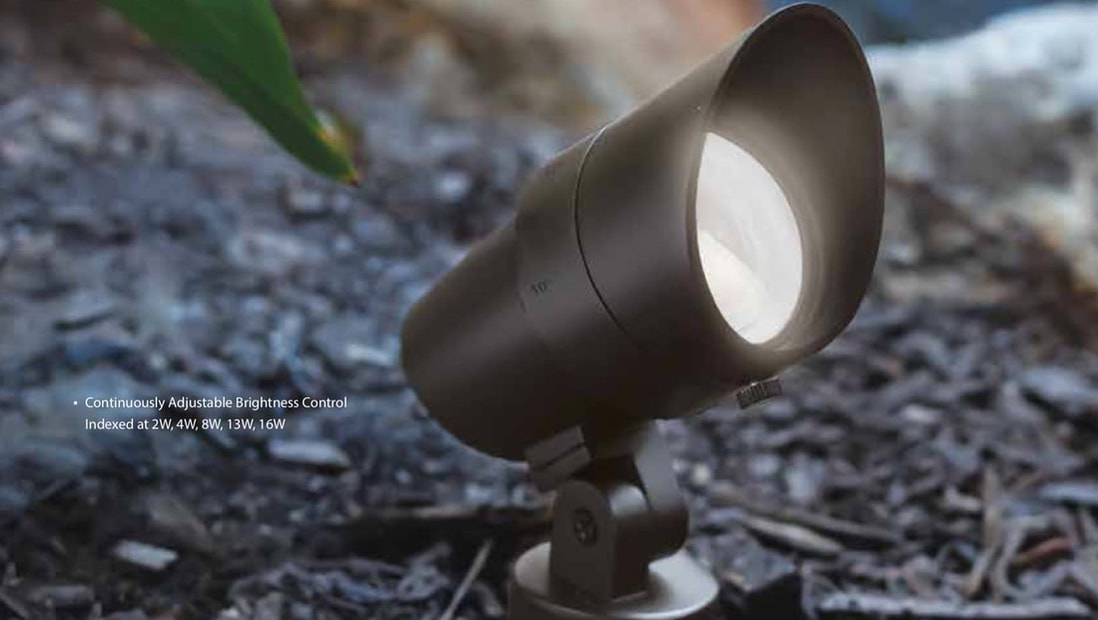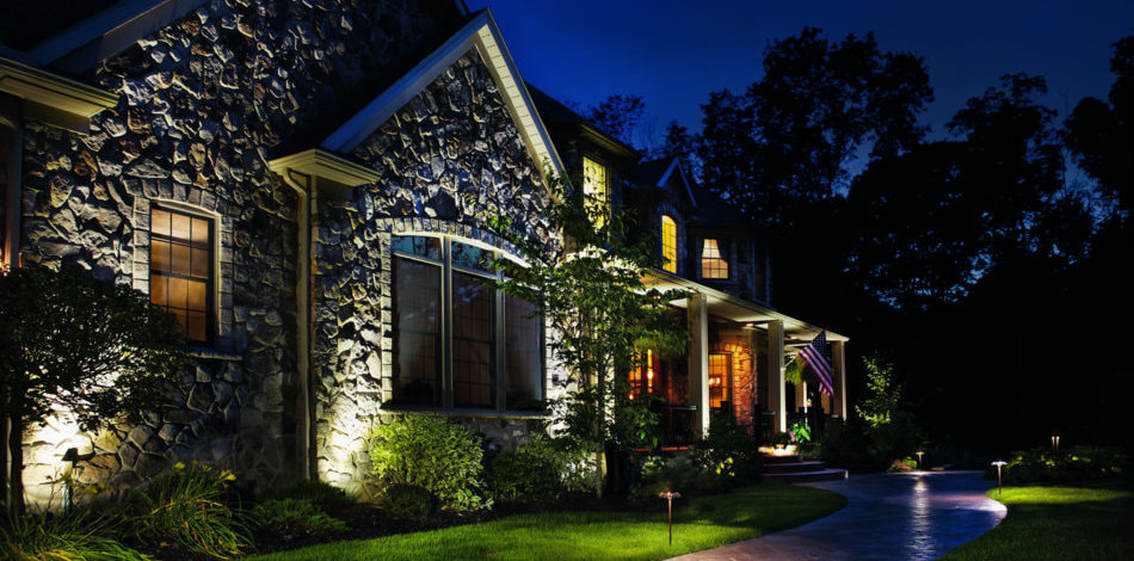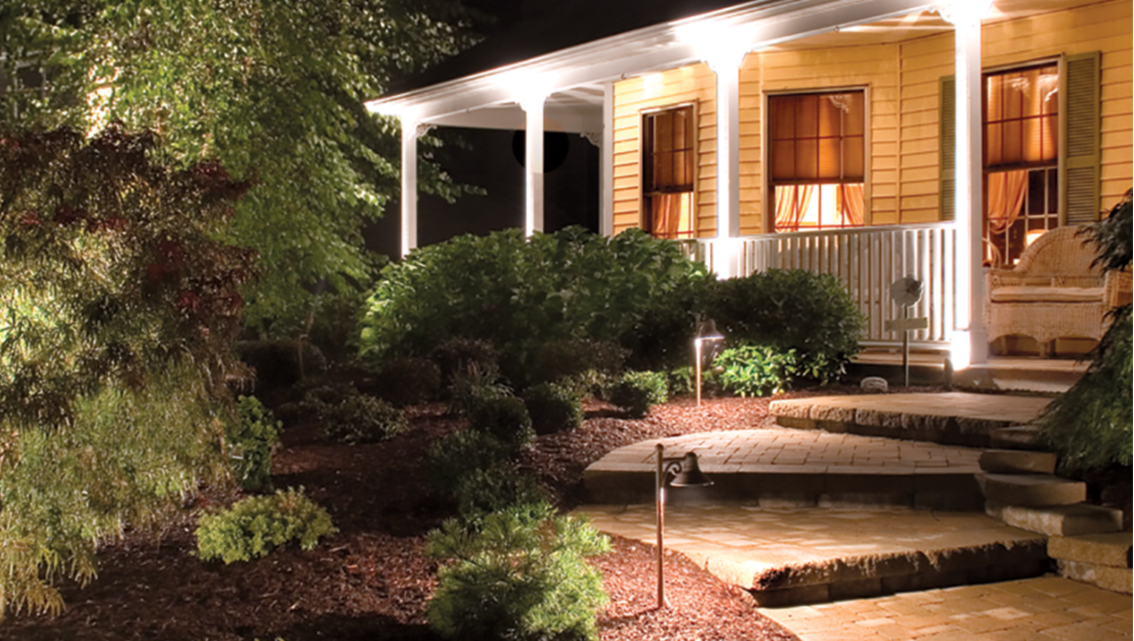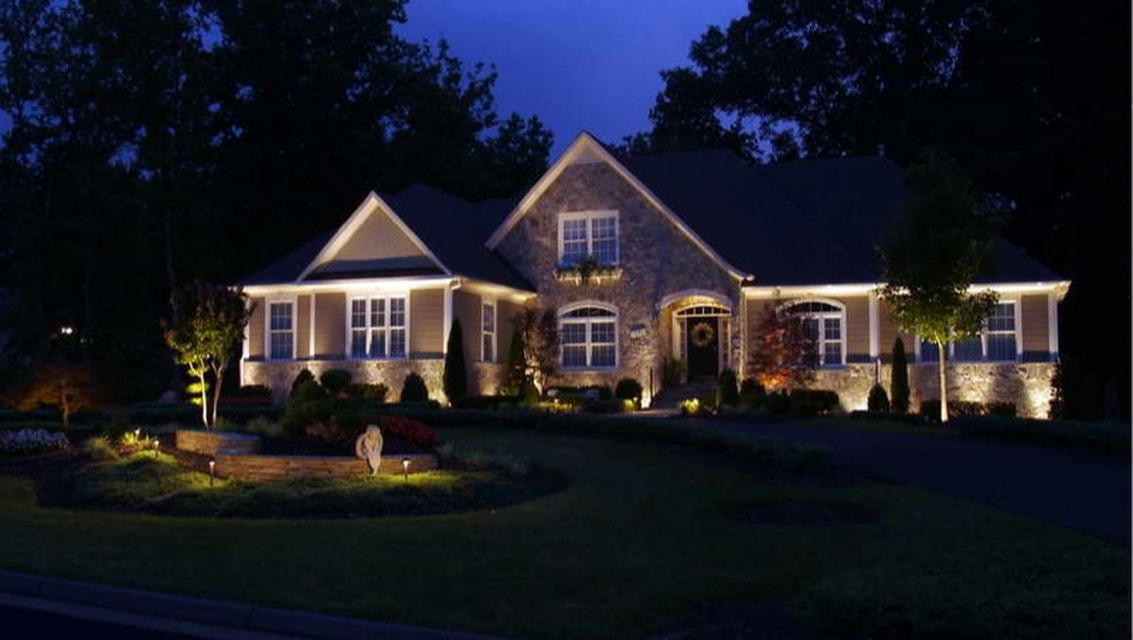|
Gophers, moles, voles, and ground squirrels can literally ruin a perfectly good yard. Their destructive burrowing activities not only kill grass, create lumpy spans, and weaken the root structure of your bushes, but they can also attract snakes and other harmful predators.
Removing these pesky invaders may not solve your problems for long though because they aren't your biggest issue. The root of your invasion is—more than likely—what's attracting the critters in the first place: insects. Due to the rich food supply in your back yard (ants, termites, bugs, grubs and other creepy-crawlies living below the surface) those little furry creatures just can't resist the smorgasbord! Getting rid of the insect infestation is a good way to kill two birds with one stone. Then you can finally get back to enjoying your backyard the way it was intended. If you're interested in improving your backyard experience, check out our annual lawn upkeep services, as well as our host of other landscaping offerings.
0 Comments
Do you know why the Palmetto tree is the state tree of South Carolina?
On January 28, 1861 the General Assembly at the time adopted the current version of South Carolina's flag—which prominently displays a palmetto tree--to symbolized Colonel Moultrie's heroic defense of the palmetto-log fort on Sullivan's Island against the attack of the British fleet on June 28, 1776. The triumph at Fort Moultrie was largely accredited to the ability of the palmetto tree fort to absorb the force of British cannonballs. The palmetto became a symbol of liberty and safety in South Carolina. The palmetto tree was first included as a decorative element on the South Carolina state seal in 1777 and then added to the state flag in 1861. The flag design has remained in tact since then and has become a symbol of pride for many South Carolinians. June 28th is remembered, each year, as "Carolina Day" and celebrated in Charleston each year, with images of the palmetto tree depicted throughout the city. What's so great about the palmetto tree? Well, the trunk of palmetto trees are not comprised of wood but a fibrous material that allows the tree to bend in the strong winds common along the South Carolina coastline. They endure salt spray and sandy soils and stand tall and beautiful throughout the year. In the United States, the native range of the palmetto tree is the coastal plain of the lower East Coast from southeast North Carolina southward to Florida and west along the Gulf Coastal plain to Texas. The main difference between palmettos and palm trees are their size. Palm trees can top 80 feet tall, while the largest palmetto grows only about 30 feet tall. Palm tree trunks grow vertically, while the main stem of most palmetto species generally stay on or just below the ground and grow horizontally. Adding a palmetto tree to your yard is a great way to show state pride, while also add beauty and variety to your landscaping. There are a host of other plants and trees that pair well with the palmetto tree. If you're considering planting trees or updating your landscaping contact us and we'll be happy to offer our help and advice on where and when is the best time to plant! If privacy is a concern in your backyard, and you're considering putting up a fence, maybe it's worth letting your landscaping do the job? None of us wants to build a ten foot wall all the way around our property. Fortunately, there is a better and more beautiful way!
Using foliage to create privacy is not only a more friendly way to keep out prying eyes, it'll also make your space more green—while saving you some green! And who doesn’t want more green in their garden? Plants are incredibly versatile as they can be planted in the ground or in movable containers. They can be shaped and trained to grow up and over structures. Using fast growing evergreens or bamboo will grant you year-round privacy. Or, if you decide to use plants that drop their leaves in the winter you can let all the extra light in—you're not going to be out by the pool then anyway, right? Whatever your privacy—or budgetary—needs happen to be there are plants that will fit the bill. Here are 5 fast-growing, affordable, low-maintenance recommendations as an alternative to fencing: Arborvitae Its thick evergreen foliage creates a dense hedge when trees are spaced properly, it tolerates most soil conditions, and it's cold-hardy and low maintenance. There are several varieties of different stature, from dwarf to giant, so consider the plant's mature height and width when choosing arborvitae for your space. Bamboo Bamboo is one of the fastest-growing plants in the world, so it will create a lush and exotic privacy screen in no time. Some varieties of bamboo are invasive, so choose a slow-spreading, clumping variety, or consider planting it in large raised planters to keep it under control. Privet Fast-growing privet can get you privacy in a hurry; it can add between two and three feet to its height every year. When grown as a hedge, privet needs to be pruned regularly, but the work will pay off when the plant produces a thick cover of sweet-smelling flowers every spring! Boxwood Boxwood is a popular decorative hedge for formal gardens, but it's also beautiful when less strictly maintained. Allowed to grow freely, some varieties can reach 20 feet tall! Many people think of boxwood as a deep green plant, but there are also beautiful white variegated and gold varieties. Grow it as a fence or in a container and it will provide rich scenery and a lush, living wall to protect your yard from prying eyes. Euonymus Euonymus comes in a variety of sizes and colors. It's tall and sturdy and tolerates all types of weather and soil types. Planted close together, euonymus can serve as a lush hedge, while it can make just as big an impact when pruned into a tree shape. For more plant recommendations or advice on how to leverage your foliage for privacy sake contact us today! There's nothing more disheartening than formerly beautiful plants taken over by ugly disease! In the Upstate of South Carolina there are a number of different seasonal plant diseases that can attack our garden and yard foliage. Take a moment to examine these images of some of the most common...
If your plants have been terrorized by any of these issues, contact us! Be sure to note which issue you're struggling with, and we'll be happy to reply with suggestions, solutions, and professional services (if necessary) to get your flora back to fantastic!
There are a number of things to consider when laying down sod in your yard. Weekend warriors may be able to tackle a reasonably sized DIY sod job if they are willing to put in the time, research, and labor.
Here are a few important topics to consider in advance:
Things to consider when choosing and planting new trees in South Carolina...
Having the perfect shade tree in your front yard is an either/or scenario. Typically, you either inherit it when you purchase your property, OR you planted it 10 years ago. If 10-years-from-now is where you're starting, then here are some great things to consider when planting your next shade tree. Tree Type If you are looking for a quick solution the Aussie Hybrid Willow Tree is a great option. They are bred specifically to be one of the fastest-growing trees in the world! They are easy to maintain and can grow up to 15 feet in the first year! Use them to create a privacy hedge, natural windbreak, or to add shade to your outdoor spaces. Aussie Hybrid Willows will mature to around 50 feet tall and 35 feet wide. Other types of trees that grow well in South Carolina include Ash Trees—they grow fast and tend to be more resistant to disease. Kwazan, Weeping, and Yoshino Cherry Trees are stunning in the spring, graceful, and colorful. The Bald Cypress Tree is both beautiful and brawny. They can easily adapt to drought conditions and thrive in areas without regular draining. Plant them near walkways and by streets to boost your home’s curb appeal. The. Flowering Crabapple Trees, and River Birch Trees are also popular options to consider. Location Be sure to consider the full-growth size of your tree before planting. Make sure that your new shade tree won't end up growing eventually growing into the powerlines (nothing looks worse than the trim job from your local power company every other year). It's also a great idea to plan out future landscaping dreams now because you won't be able to change them easily once a large tree is firmly rooted. And then most importantly, consider the rising and the setting of the sun during the summer months. Where do you want to direct the shade most? Optimize your planting location to ensure that you achieve the desired result. There are a number of other considerations to think through (canopy spread, form, shape, soil, sun, and moisture requirements, proper pruning, local pollination, etc.) and we'd be happy to help provide advice and landscaping services to suit your needs! Contact us any time with questions or schedule a free on-site visit today! LED lighting has increased significantly in the last few years. It has been used for all types of outdoor lighting, such as landscape, security, and Christmas lights. We will discuss what LED stands for and why we recommend it over a halogen based system. LED stands for Light-Emitting Diode and is a semiconductor light source that emits light when current flows through it. When a strong enough current is applied to the leads the electrons are able to recombine with electron holes within the device and this then releases energy in the form of photons. This newer technology saves energy, looks great, and leaves less of a carbon footprint on the environment. LED lights were first seen in 1962 and used a low intensity infrared light. The first led lights could only show the color red. Now modern LED's are visible in ultraviolet and infrared wavelengths with plenty of brightness. LED lights have come a long way, and now are being used in an environmental setting. Halogen lighting once dominated the lighting world until just recently when LED products started improving and becoming dependable, pleasing light sources. Consumers and businesses alike began using them for all kinds of lighting projects. And, because LED lights mimic halogens, lighting technicians have been given a wider selection of choices to design with, which makes designing much easier and can create more affects. Also, because LED lights are so small and visually appealing, people see them as a must have solution for their landscape and prefer them because of low impact on the environment, as well as the quality of the lights. The Advantages of LED lights over halogen lighting sources:
Do you live in the Greenville, South Carolina area and want to learn more about landscape lighting?
There are certain things to know before purchasing a landscape lighting system. Make sure you purchase the 3 main components - A Transformer, Wire, and Lights. The transformer is the power house of your system. All electrical current from the house is converted into a low voltage system that is safe to power your lights. To figure out what type of transformer you need make sure that you add up the total wattage of all your lights and then multiply that total by 1.5. The total will then be your wattage that you will need for your transformer. The wire that needs to be purchased is a standard 12 gauge wire. This is suitable for all low voltage installs. Lights come in all shapes, sizes, and quality. We will go over the various lights and the pros and cons in a different blog. Find a power source where you can plug your low-voltage transformer into a GIF grounded outdoor power outlet just like you would any common household electrical item. Make sure you find an outlet that's close to where you want to install your lighting. Pick a location on your property where there isn't any need to dig very deep. The wire is usually installed no more than 5 inches below the ground using a flat shovel. Sometimes you can simply run the wire along the ground and tuck them behind plantings or covering them lightly with dirt or mulch. Most light fixtures include stakes so you can simply insert them in the ground. Go with led lights. They use less energy, and allow you to run your system on a smaller transformer that takes up less wattage. They also last a lot longer than other bulb types, with hardly any maintenance. Make sure you create layers for your lighting by using various style lights like path lights, bullet lights, wash lights, moon lights and other creative options. You will want your lighting design to showcase specific areas of your house and landscaping. Do you live in the Greenville, South Carolina area and want to learn more about Landscape Lighting?
There are several types of different landscape lighting to choose from. Below we will discuss the most popular options. Path lighting is by far the most popular landscape lighting. This type lighting comes in many different styles and is used to primarily light up walkways or front entry ways leading to the house. Most path lighting consist of a 2 to 2 1/2 watt led bulb in a fixture that is typically 18-24" high. The taller the fixture is the wider the coverage of light. You can use path lighting to lighten up low lying plants as well as stonework at ground level. You usually want to stager the path lighting and space out every 5 to 10 feet. Try to keep the lights in mulch or garden beds as much as possible so there wont be any need to weed eat around the light fixture. Up lighting or bullet lights are also very common. This type of light, if led comes in a 4 or 5 watt bulb. Some of the fixtures can be adjusted for a wider beam to highlight a broader area. Up lighting is used to highlight the front of the house or different trees and shrubs. Up lighting fixtures need to be 12 to 18 inches away from trees or shrubs in order not to create a "hot spot" area. You will want to hide the fixture behind a plant if all possible to be more visually appealing. Its common to use several lights to highlight larger plants and trees with one light shining on the trunk and the other on the various branches. Wash light is used to highlight larger areas with a softer light. Generally these lights are more expensive and typically range from 4 to 5 watt for led. Wash lights are great for highlighting horizontal areas such as signs or rock facings that require more light for a broader area. Down lights or moon lights are designed to hang upside down in trees and create a "moon light" effect in and around the area. This light is great to use when highlighting surrounding patios and decks that need extra light. Usually these will use a blue filter tint to create a more realistic look. These lights also come in a 4 to 5 watt led bulb. Well lights are 4 to 5 watt led lights that are flush level with the grass or soil. These lights are typically used when there is need to mow over the light fixture. These lights are very durable and have thicker glass. Well lights highlight areas such as shrubs and trees. Specialty lights - These lights usually consist of hardscape lights or aquatic lights. Hardscape lights are generally installed during new installation. These lights highlight patios and walls for a more visually appealing look. Aquatic lights are used for koi pond and other water features. They are used to highlight the beauty of the water or a waterfall. Do you live in the Greenville SC area & want to learn more about landscaping lighting?
Safety Is the number 1 reason to install landscape lighting. You want to make sure that anyone that is not familiar with the layout of your yard will know where to walk and avoid any areas where hazards can occur such as walkways, patios, decks, pools, or ponds that can lead to falls or serious accidents. Security Any areas that are dimly lit can be a security concern inviting thief's or would be trespassers to the area. Lighting discourages would be intruders by increasing the chance that they would be caught. Property Value You will reap a generous return on your investment. More enjoyment and utility from your property, a distinctive new look and increased curb appeal. Usability Outdoor living is the best, no matter how short or how long your local warm-weather season may be. Use landscape lighting to extend the hours you can spend enjoying your yard, garden, patio, pool and/ or outdoor room. Cosmetic Appeal Outdoor lighting can be specially designed to highlight or show off a tree, mulch bed, water feature, rock work, architecture designs of house and many other possibilities. or rock garden Do you live in the Greenville SC area & want to learn more about landscaping lighting?
|



